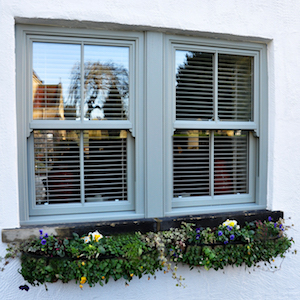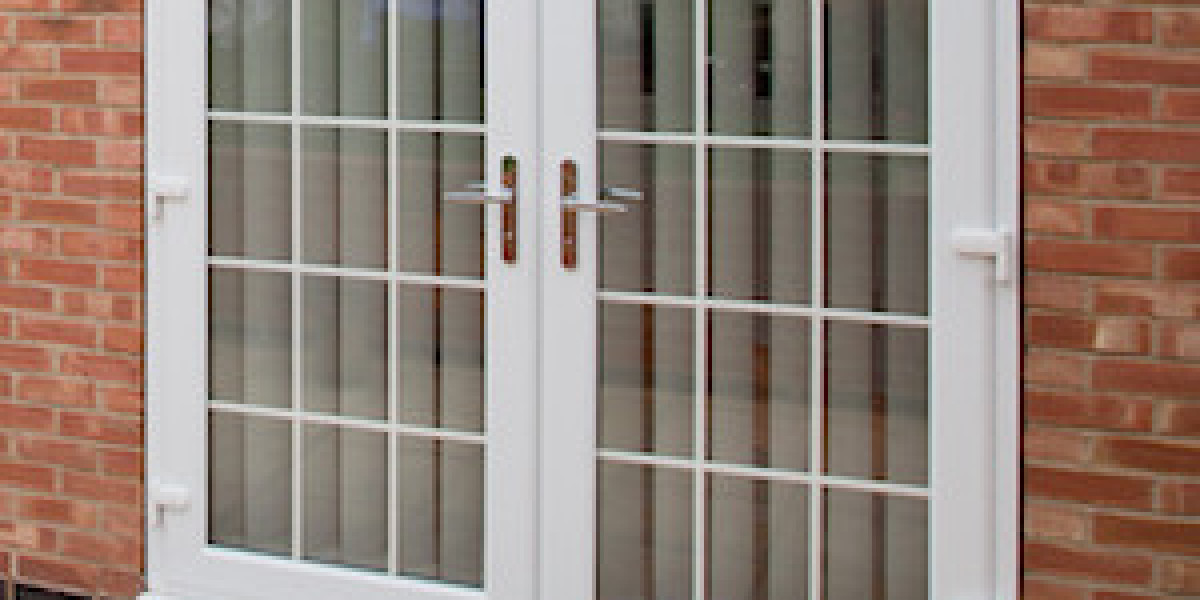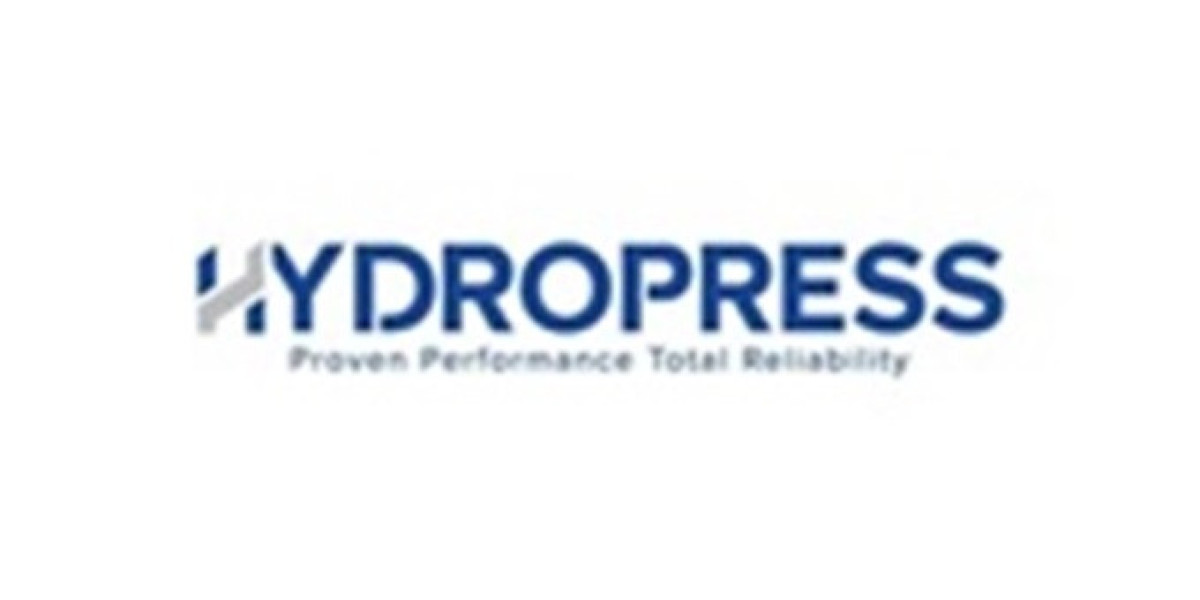In the realm of home improvement and construction, the choice of materials for windows and doors is a critical decision that can significantly impact both the aesthetics and functionality of a building. One material that has gained considerable popularity over the years is Unplasticized Polyvinyl Chloride, commonly known as UPVC. This article explores the benefits, applications, and environmental considerations of UPVC windows and doors, making a strong case for their use in modern construction.
What is UPVC?
UPVC, or unplasticized polyvinyl chloride, is a rigid form of PVC (polyvinyl chloride) that is commonly used in construction due to its durability, low maintenance, and cost-effectiveness. Unlike traditional PVC, which can be flexible and is often used in pipes and other flexible applications, UPVC is rigid and does not contain plasticizers, making it more stable and resistant to weathering and UV radiation. This stability ensures that UPVC windows and doors maintain their shape and color over time, even under harsh environmental conditions.
Benefits of UPVC Windows and Doors
Durability and Longevity
- Resistance to Weathering: UPVC is highly resistant to moisture, UV rays, and temperature fluctuations. This makes it an ideal choice for regions with extreme weather conditions, as it does not warp, rot, or corrode.
- Low Maintenance: Unlike wooden windows and doors, which require regular painting and sealing, UPVC products are virtually maintenance-free. They can be easily cleaned with water and a mild detergent, saving homeowners both time and money.
Energy Efficiency
- Insulation: UPVC has excellent insulating properties, which help in maintaining the temperature inside the building. This can lead to significant energy savings on heating and cooling costs.
- Sealing: UPVC windows and doors are designed with multi-point locking systems and weather stripping, which create a tight seal and prevent air leakage. This further enhances energy efficiency and reduces energy consumption.
Security
- Sturdy Construction: UPVC frames are strong and durable, making them difficult to break into. Multi-point locking mechanisms are often incorporated into UPVC windows and doors, providing an additional layer of security.
- Reinforced Frames: Many UPVC products include steel reinforcements within the frames, adding strength and stability. This is particularly beneficial in high-security areas or for larger windows and doors.
Aesthetics and Customization
- Variety of Styles: UPVC windows and doors are available in a wide range of styles, from traditional sash and casement designs to modern sliding and tilt-and-turn options. This allows homeowners to choose a design that complements their architectural style.
- Color Options: UPVC can be manufactured in various colors and finishes, including woodgrain effects, which can mimic the look of wood without the associated maintenance.
Environmental Impact
- Recyclability: UPVC is a recyclable material, and many manufacturers are now using recycled content in their products. This reduces the environmental footprint of UPVC windows and doors.
- Lower Carbon Emissions: The production of UPVC windows and doors generally results in lower carbon emissions compared to traditional materials like aluminum and wood. Additionally, the energy savings achieved through their use can contribute to a reduction in overall environmental impact.
Applications of UPVC Windows and Doors
Residential Construction
- New Builds: UPVC windows and doors are widely used in new residential construction projects due to their cost-effectiveness and durability.
- Renovations: Homeowners often opt for UPVC when replacing old windows and doors, as it can provide a significant upgrade in terms of energy efficiency and security.
Commercial Buildings
- Office Spaces: UPVC windows and doors uk and doors are used in commercial buildings to enhance energy efficiency and reduce maintenance costs.
- Retail Outlets: The low maintenance and durability of UPVC make it an attractive option for retail outlets, where high foot traffic and frequent use are common.
Public Buildings

- Schools and Hospitals: These institutions benefit from the safety and low maintenance of UPVC windows and doors, ensuring a comfortable and secure environment for students and patients.
Environmental Considerations
While UPVC offers numerous benefits, it is important to consider its environmental impact. Although UPVC is recyclable, the disposal of non-recycled UPVC can pose challenges. However, advancements in recycling technologies and increased awareness of environmental issues have led to more sustainable practices in the industry. Many manufacturers are now taking steps to reduce waste and promote the recycling of UPVC products.
UPVC windows and doors have become a preferred choice for many construction projects due to their durability, energy efficiency, security, and aesthetic flexibility. They offer a cost-effective solution that requires minimal maintenance, making them a practical choice for homeowners and commercial property managers alike. As the industry continues to evolve, the sustainability of UPVC products is also improving, making them an increasingly environmentally friendly option. Whether you are building a new home, renovating an existing one, or managing a commercial property, UPVC windows and doors are a versatile and efficient choice that can enhance the overall value and comfort of your building.









